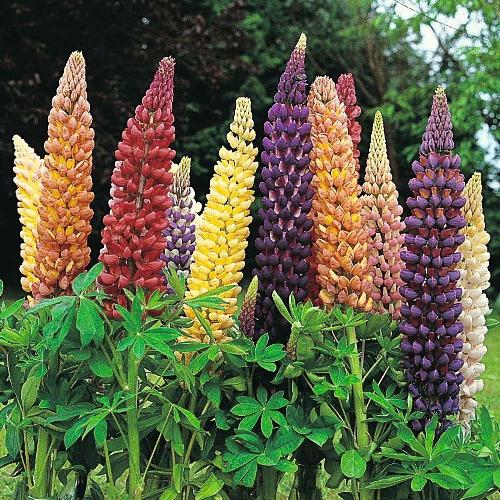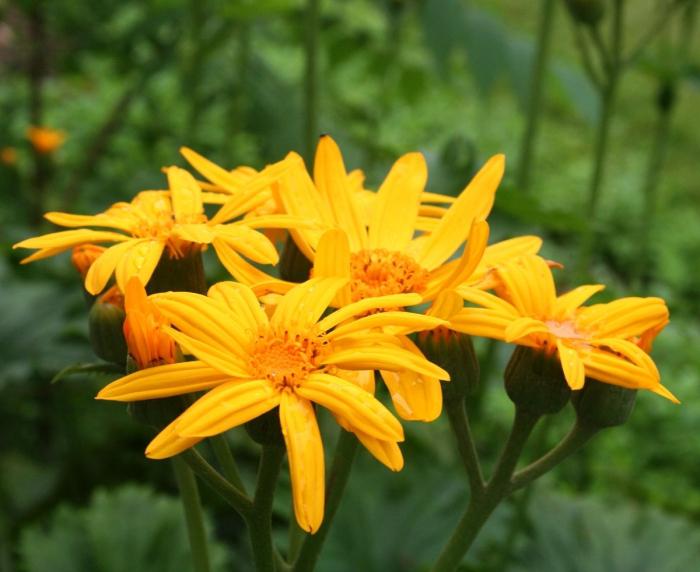Lupines - planting and caring for simple but beautiful flowers
Lupins (planting and care described below) for some reasonare associated only with weeds. But the decorative lupine looks very impressive, so it can be successfully used for giving as a perennial. The color range of these flowers is incredibly diverse - from white to purple-violet. Also there are combined two-colored inflorescences.

Vertical brush, in which flowers are collected,reaches up to 50cm in height. The total height of the whole plant is often 1.5 m. Fruits - beans. In one place it can grow 5-8 years, after which it loses its decorativeness. This herb is a plant that belongs to the legume family. There are about 200 species. The most popular in our region is the narrow-leaved lupine. He is unpretentious and frost-resistant. This species is known for its nutritional and decorative properties. The plant has on the roots of the colony some nodule bacteria, which assimilate nitrogen from the air. Among these siderates (plants that improve soil, fertilizer), lupine siderat is in the first place. Such a "green fertilizer."
Lupines, planting and care begin(like other plants) from the choice of a landing site, like any cultivated areas. Undesirable for them will be clayey and peaty wet soils. They develop well in sunlit glades. In the shade, they stretch out and look ugly.

Lupins multiply (planting and care do not constitutecuttings and seeds. When crossing, the plant gives a splitting or a variety of forms. The young lupines grown from seeds differ in the form of inflorescences and in the coloring from the parental forms. And to preserve the desired characteristics, it is necessary to separate a part of the root rosette from the roots with a sharp knife after flowering and transplant it into sandy soil. Approximately a month later, new roots will appear, and then the plant can be planted in a permanent place.
Most often, lupines are seeded with seeds. They remain vigorous for 4-5 years. Planted plants to a depth of 2-3 cm in the open ground for the winter or in April. Some specimens bloom in the first year, but mostly flowers appear in the next season.
Care for lupines is easy and uncomplicated. In the spring, we must necessarily remove the weeds, because they inhibit the growth of young plants. Faded inflorescences are desirable to cut, so that they do not negatively affect the external decorative appearance, and the spilled seeds make the planting thick. If, after flowering, cut the leaves completely to the base, then at the end of the summer you can see again the carpet of bright lupine inflorescences. The surface part of the plant grows and expands from the ground, so periodically it is necessary to pour the soil, preferably nutritious.

Of diseases, lupine can be affected by rust,powdery mildew, brown spot of leaves and fruits, white decay of the root part. In such cases, the affected parts of the plant are removed. Usually sprouting shoots are healthy. Soil digging and liming are also recommended.
Very beautiful look decorative lupines. Planting and caring for them are quite simple, they are accessible and understandable even to beginning gardeners. So do not be afraid to take up their growing.
</ p>




